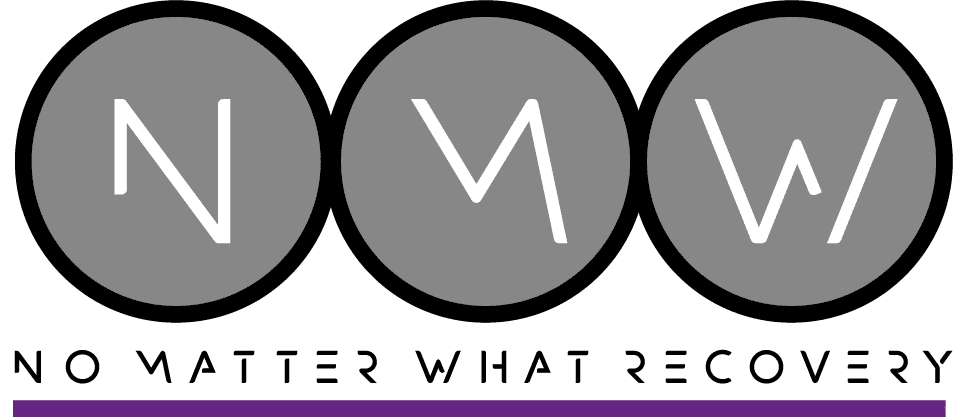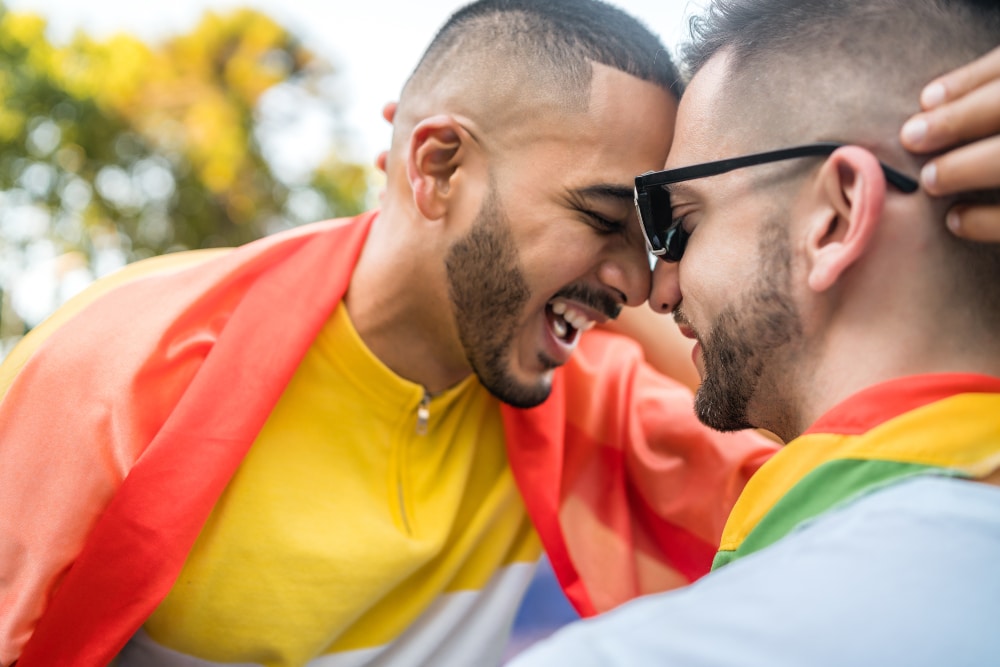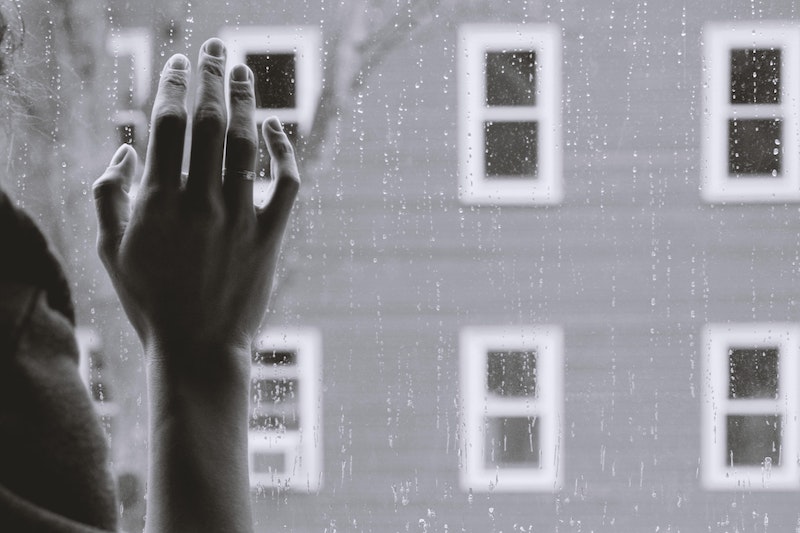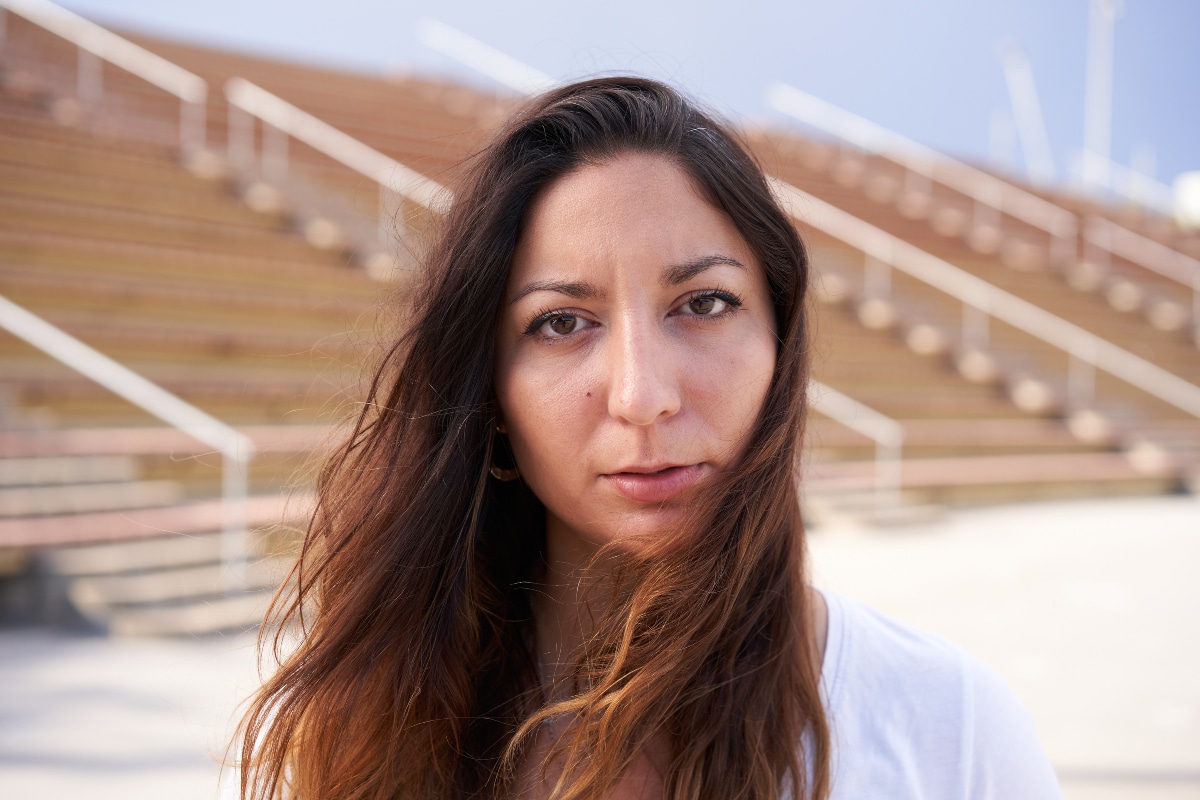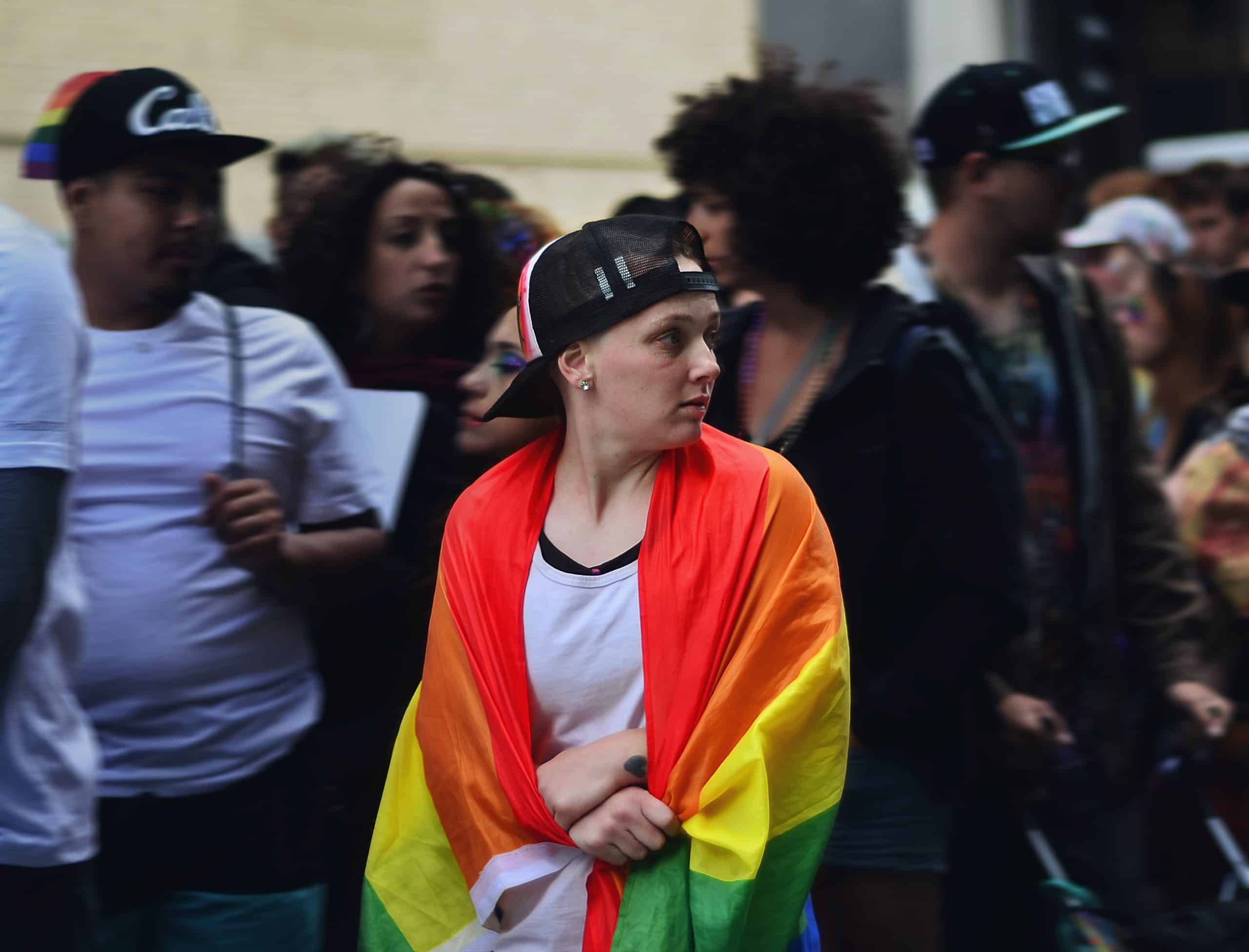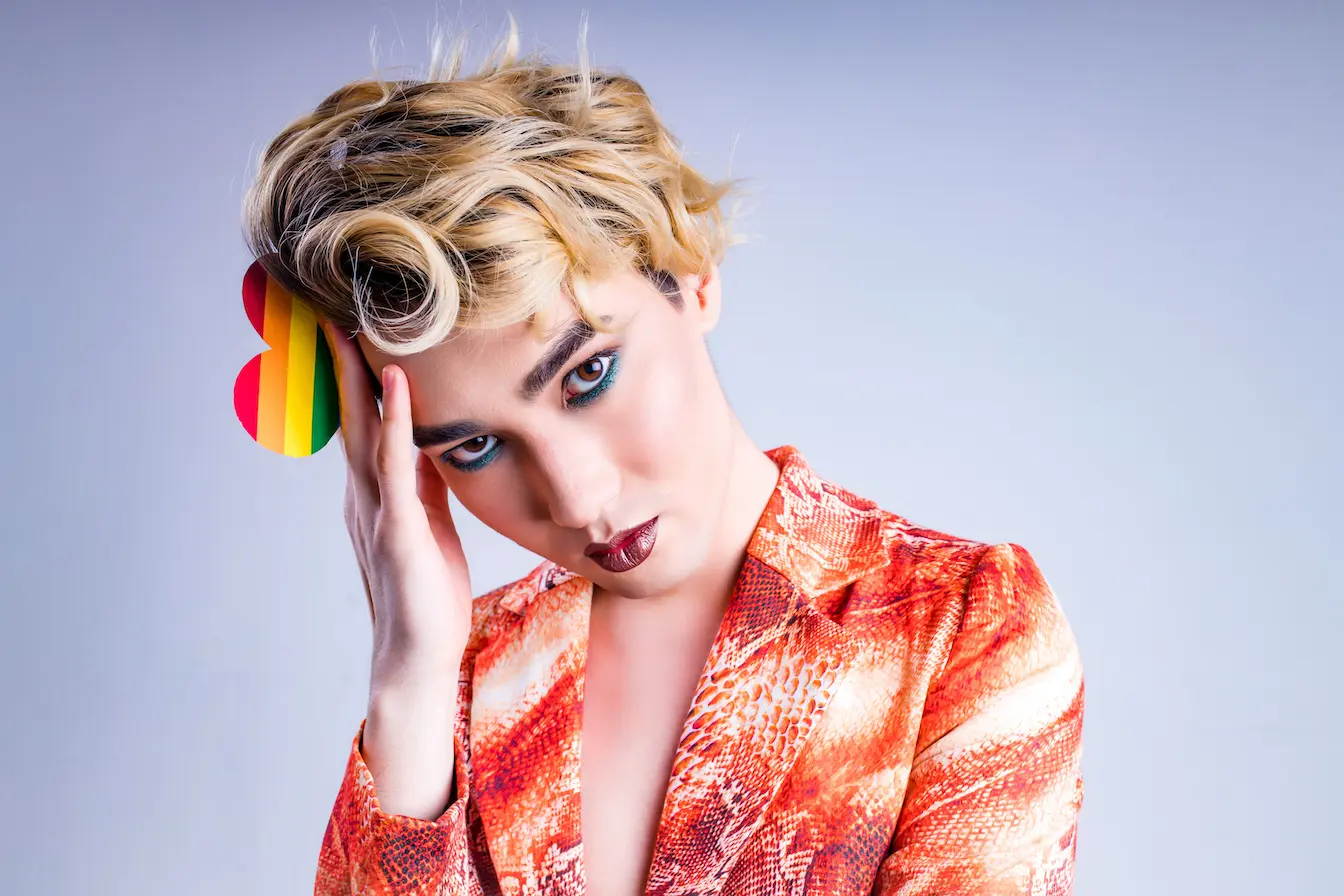Anyone is at risk for developing a mental health condition or addiction. For LGBTQ individuals, the risk for both is higher than for the general population. In particular, members of the LGBT community are more likely to develop a mood disorder, specifically bipolar disorder.
The good news is that bipolar disorder can be treated. With mental health treatment and support, LGBT people can have a satisfying and successful addiction-free future while managing bipolar disorder.
What is Bipolar Disorder?
Data from the National Institute of Mental Health (NIMH) estimates that 5.7 million adults have bipolar disorder. Bipolar disorder, formerly known as manic-depression or manic-depressive disorder, is a psychiatric mental disorder. This condition results in drastic changes in activity levels, energy, mood, and concentration. In its most severe forms, bipolar disorder can prevent a person from performing everyday tasks and maintaining healthy relationships.
Further data from NIMH states that about 4.4 percent of adults in the U.S. will experience one of the three primary types of bipolar disorder in their lifetime.
- Bipolar I Disorder: Manic episodes, which are periods of unusually heightened activity and energy, that last at least seven days or are so severe that they require hospitalization. Typically, people with bipolar I disorder also have episodes of depression.
- Bipolar II Disorder: In bipolar II disorder, individuals may still display periods of intense energy, but these may be less severe (hypomanic) than with a manic episode.
- Cyclothymic Disorder: Also called cyclothymia, individuals with cyclothymic disorder may show recurrent hypomanic and depressive symptoms that aren’t as disruptive or intense as those found in bipolar I or bipolar II.
Bipolar disorder occurs in each individual differently, so not all instances of bipolar disorder match the three categories above. Most people with bipolar disorder are diagnosed in their late adolescence or as young adults. However, symptoms last beyond adolescence.
Although bipolar disorder can be managed, it is a lifelong mental illness. And if left untreated, bipolar disorder can become debilitating.
Statistics for Bipolar Disorder
According to the International Bipolar Foundation, the LGBTQ community is linked to trauma, bipolar disorder, various other mental health issues, and addiction/a substance use disorder. People who identify as LGBT are often stigmatized and misunderstood by others, which can lead to trauma. To help cope with their trauma, people who are LGBT may then turn to substances like alcohol or illicit drugs.
Statistics from the American Psychiatric Association (APA) show that people who identify as LGBT have higher rates of mental health disorders.
For example, people who are a part of the LGBT community:
- They are twice as likely to develop a mental illness than straight or gender-conforming people.
- Have four times the rate of suicide attempts than their peers.
- Lesbian or bisexual women have twice the risk of heavy alcohol consumption compared to straight women. (Interestingly, gay men are less likely than heterosexual men to consume alcohol heavily.)
Bipolar disorder and other mental health conditions occur at higher rates within the LGBT community not because being LGBT causes them but because of the stigma and discrimination that the community faces.
Dual Diagnosis in the LGBT Community
Dual diagnosis means that a person is diagnosed with an addiction and a mental health disorder at the same time. Bipolar disorder often co-occurs with addiction because the risk-taking behavior accompanying manic episodes can lead to substance use. Substance use might be an attempt to self-medicate or self-soothe. This makes dual diagnosis common in people with bipolar disorder.
The unique struggles experienced by people who are LGBT make dual diagnoses familiar within the LGBT community. Their mental health disorder and substance use must be addressed when receiving treatment to ensure positive results.
Why Bipolar Disorder is Prevalent in the LGBT Community
While society has come a long way toward accepting people who are LGBT, the stigma and social discrimination remain. The experiences accompanying this stigma — such as shaming, ostracizing, psychological abuse, and physical abuse — can result in trauma. Trauma can increase the risk of developing mental health conditions like bipolar disorder and addiction.
As a result of stigma, LGBTQ people often have less social support than their peers. Especially if they live in areas where the surrounding communities are less tolerant of their sexual orientation or gender identity. Rejection from family or society can trigger feelings of distress, shame, and loneliness.
Tragically, LGBTQ people are at a higher risk of experiencing violence than their heterosexual peers.
Facing pressure, danger, judgment, and disconnection from the people around them, those in the LGBT community may experience mental health challenges. They may turn to substance use — which may start the path to addiction. Addressing the unique needs of people who identify as LGBT is essential when they receive treatment for their mental health.
Barriers to Seeking Help
Discrimination may follow LGBT people seeking assistance for addiction or mental health problems. Sadly, many find themselves experiencing stigma even when accessing mental health services. This may prevent people who are LGBT from getting the help they need.
Information from Mental Health America shows that LGBT people face various barriers when seeking mental health help. Almost 22% have refused to seek medical or mental healthcare due to the fear of stigma. More than half of people who identify as LGBT, when accessing professional help, have experienced denial of care or backlash because of their sexual identity.
What Options Are Available to LGBT People
Identifying as LGBT is not a mental illness. However, society’s stress and trauma on LGBT individuals can result in mental health concerns and addiction. A safe space, like inpatient or outpatient treatment, away from society for recovery can make all the difference.
Inpatient rehabilitation provides on-site 24-hour mental health and addiction treatment under the care of trained staff. For individuals transitioning out of rehab or those with limited schedules, outpatient rehab provides recovery care on a scheduled basis.
Get Bipolar Treatment with No Matter What Recovery
When it comes to mental health disorders, No Matter What Recovery focuses on dual diagnosis. To ensure that every client can use our programs to their fullest, we ask that clients who have a mental health condition must also have a co-occurring substance abuse disorder.
If you or someone you love identifies as LGBT and are struggling with bipolar disorder and addiction, treatment can help. Choosing a rehabilitation center where they can feel safe and accepted is critical. No Matter What Recovery is LGBTQ+ friendly and offers dual diagnosis treatment in a non-judgmental and compassionate environment. Surrounded by licensed specialists, you can start the journey toward recovery. If you’re in the West Hollywood or Silver Lake area, contact us for LGBT addiction treatment services today.
